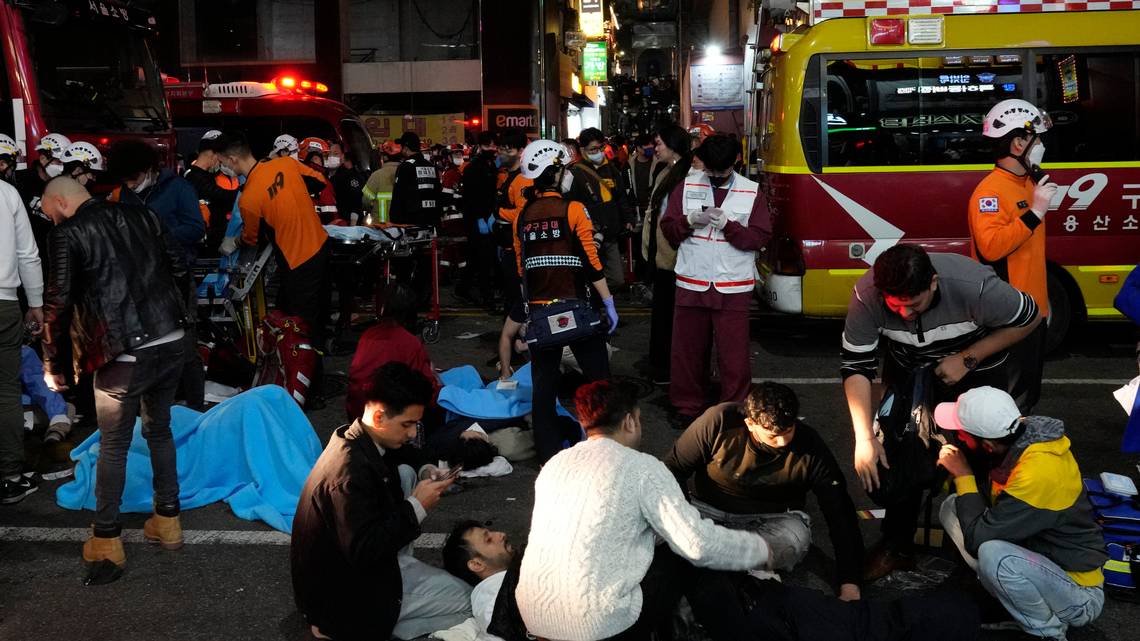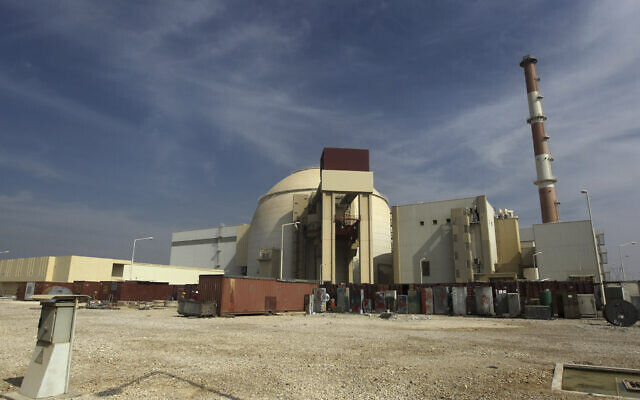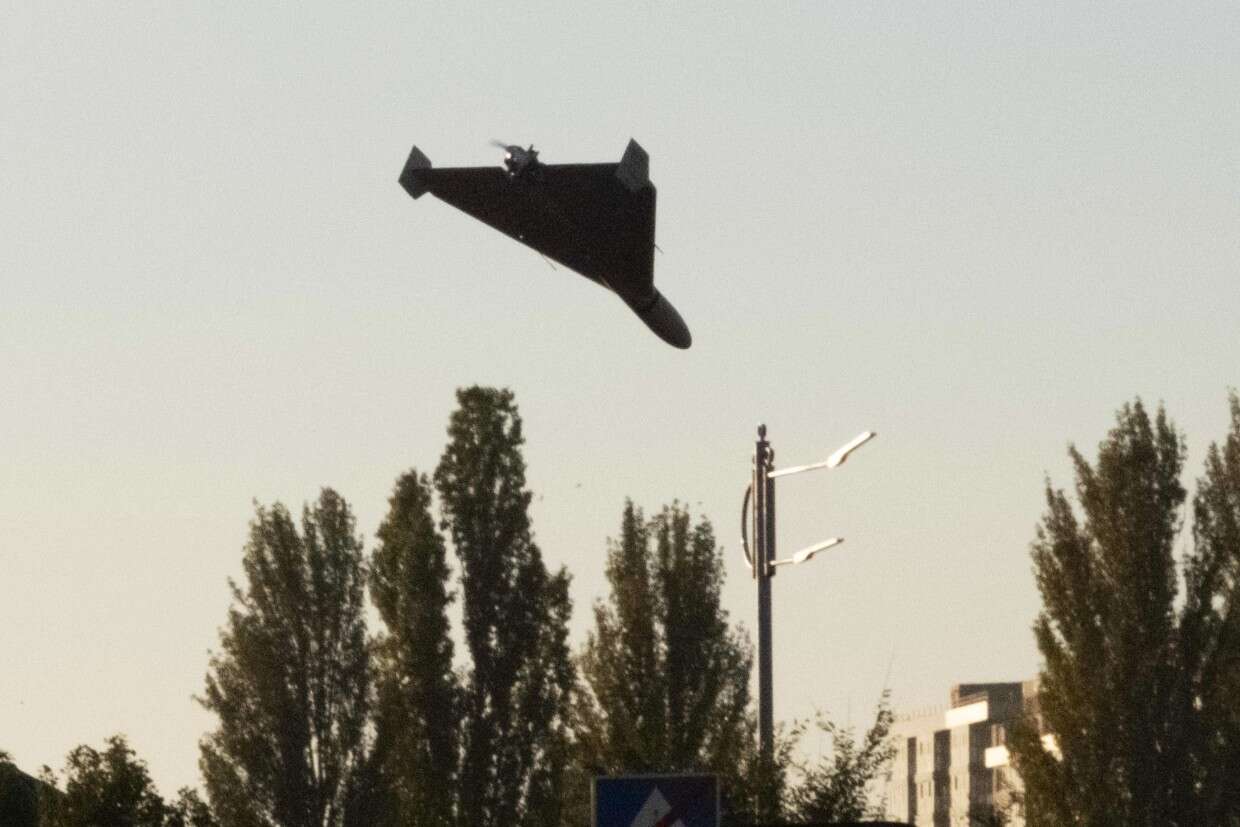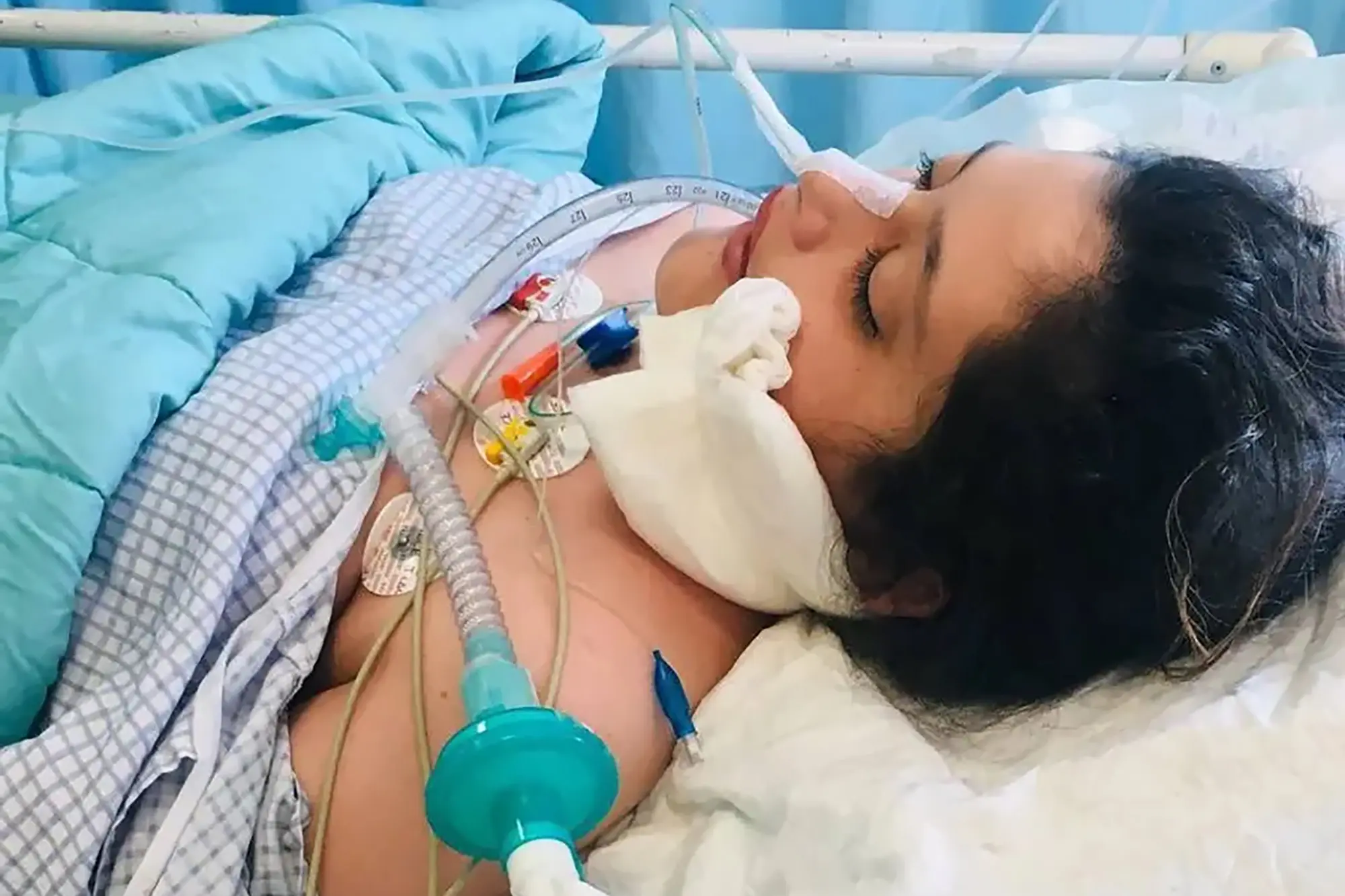Iranian media reported on Sunday’s clashes between Iranian students and security personnel at campuses around the country as footage showed security personnel shooting tear gas and live bullets at the students.
The country was seized by widespread protests on Sunday despite warnings from the Revolutionary Guard, a paramilitary organization.
Young Iranians were forewarned by the chief of the Guard that Saturday would mark the end of the protests, which were initially started by the death of Mahsa Amini on September 16 while in the care of the nation’s morality police.
Conflicts intensified at Azad University in Tehran, where some parties allegedly attacked a demonstration held during a ceremony to remember those killed in a horrific attack at a significant Shiite holy site in southern Iran, according to Iran’s semi-official Tasnim news agency. Tasnim stated without further explanation that some students were hurt during the altercations.
Videos circulated on social media purport to show security personnel using tear gas to disperse students who were yelling insults against the Supreme Leader, Ayatollah Ali Khamenei. University campuses have become important hubs of opposition, contributing significantly to the protest movement.
A member of the Basij, the Guard’s paramilitary volunteer force, can be seen firing a pistol at close range at students who are demonstrating in a video provided by the Oslo-based organization Iran Human Rights.
“The intrusion of university campuses by armed plainclothes forces and the violent crackdown on peaceful student protests,” the human rights organization said it strongly condemned.
On numerous campuses across the nation, hardline, pro-government students gathered to remember a deadly attack on a mosque in Shiraz on Wednesday that left 13 people dead, including women and children. The attack was claimed by the Islamic State.
Numerous anti-government demonstrators attended the ceremonies, including those at Azad University.
They shouted, “Freedom, freedom, freedom!”
Without offering any proof, the Iranian administration has claimed time and time again that foreign governments were behind the protests. Since the Islamic Revolution of 1979, the protests have evolved into one of the most significant threats to Iran’s ruling clergy.
The protests initially centred on the mandatory hijab, or headscarf, for women, but they swiftly expanded to demands for the overthrow of Iran’s theocracy.
According to the organization Human Rights Activists in Iran, the protests that have engulfed over 125 Iranian cities have resulted in at least 270 deaths and 14,000 arrests.
At least 900 protestors have been accused of “corruption on earth,” a charge that carries the death penalty in Iran, and their cases have been heard by the country’s authorities since October 24.






